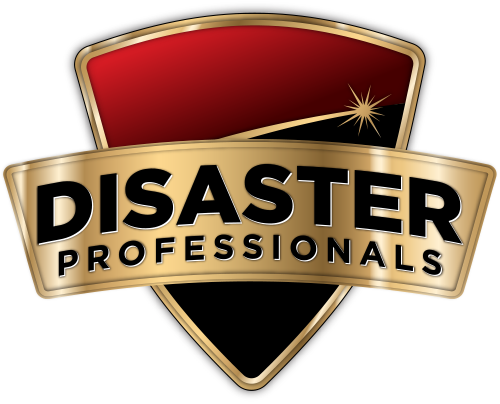Mold Myths Exposed
Mold damage is a frustrating and–unfortunately–common household issues, but it’s also a subject that many homeowners don’t know much about. Misconceptions are easy to believe if you haven’t experienced the issue yourself. Here are some common mold myths exposed, brought to you by our mold remediation experts.
Once You've Killed Mold, Removal Is Optional
Unfortunately, killing the mold isn’t enough to fully solve the problem. Allergens are still present in dead mold, and can even become airborne. The only way to effectively eradicate any possible health threats is to fully remove the mold after it’s killed. Proper care must also be used to protect the rest of your home from the affected areas during removal, which is why the job is best left to a professional mold removal service.
Bleach Kills Mold
This blanket statement suggests that bleach can kill any mold found in your home–which is far from the truth–and overlooks the downsides of using it altogether. True, bleach can kill certain types of mold spores on non-porous surfaces, but it also has its own health and damage risks to consider, and it doesn’t remove any mold. In fact, the overall effectiveness of using bleach as a mold cleanup agent is still in question, particularly on porous surfaces such as wood. Many experts have come to the consensus that bleach is simply not strong enough to penetrate deep enough into porous materials where mold has made its home. Small-scale remediation jobs are better off using a mix of household detergent and water.
You Can Take on Mold Remediation Yourself
This is more of a half-truth. While mold remediation of certain types and in small volumes can be handled on your own, most homeowners aren’t equipped for more extensive mold damage. This is because proper mold remediation, as we mentioned before, involves much more than killing the mold and wiping down the walls. In most cases, using bleach and other DIY methods won’t thoroughly remove the mold or keep it from spreading. Your efforts might even cause mold growth to accelerate. Professional mold remediation services are well-trained and have specialized equipment to clean your home of mold infestation safely and efficiently.
Small Amounts of Mold Aren't a Big Problem
At first, little spots of mold don’t look concerning enough to take immediate action, but it is likely just the first indication of a bigger problem. Ignoring it initially could result in high costs down the road if severe damage occurs unnoticed. If mold is visibly growing on any surface in your home, there’s always the chance that larger colonies could be hiding out of sight in insulation, under wallpaper, or in your ventilation. Having a professional inspect any mold growth you come across is the only way to know for sure how far the problem reaches.
No Odor = No Mold
While the tell-tale musty odor is a usable way to identify mold inside your home, it isn’t the only or even the most reliable sign; mold doesn’t always have a smell. The most reliable way to find mold is an inspection. If you don’t smell mold but suspect you may have an infestation, look around for visible signs of mold.
As common a problem facing homeowners as mold is, much of its identification and removal is surprisingly misunderstood. Reliable facts are hard to come by if you’re inexperienced with the subject, so we hope we’ve helped clear some of your confusion!
Do you have any questions or concerns? Disaster Professionals offers 24/7 emergency mold removal services and experts who can answer any questions you may have. We're happy to help!



